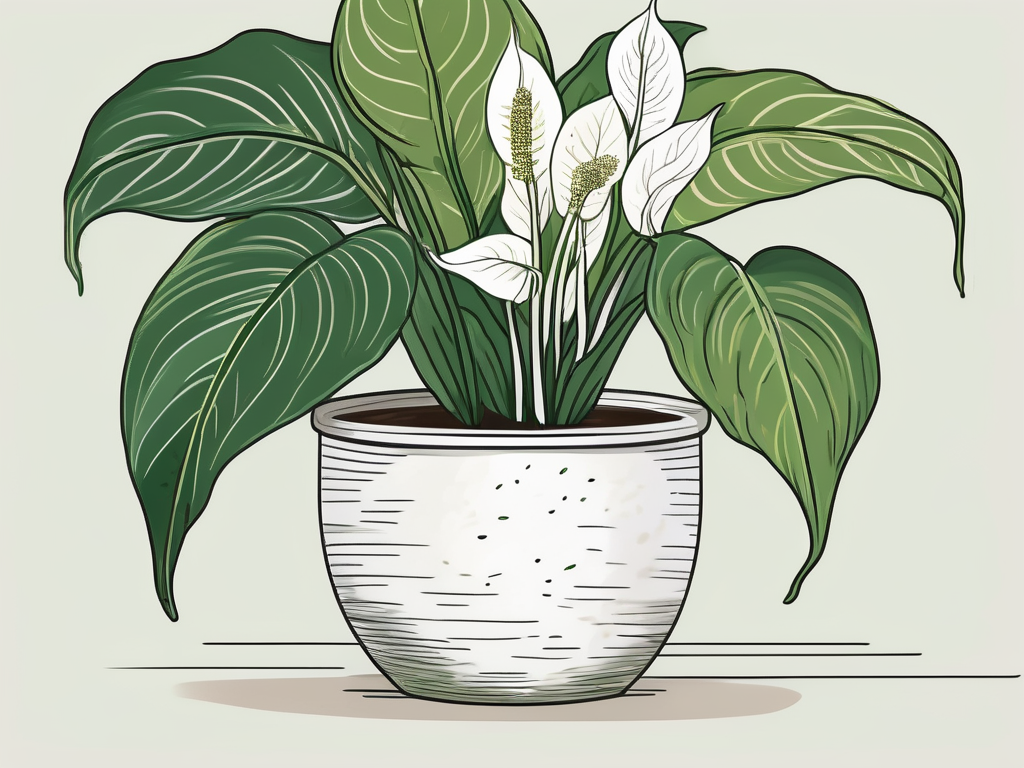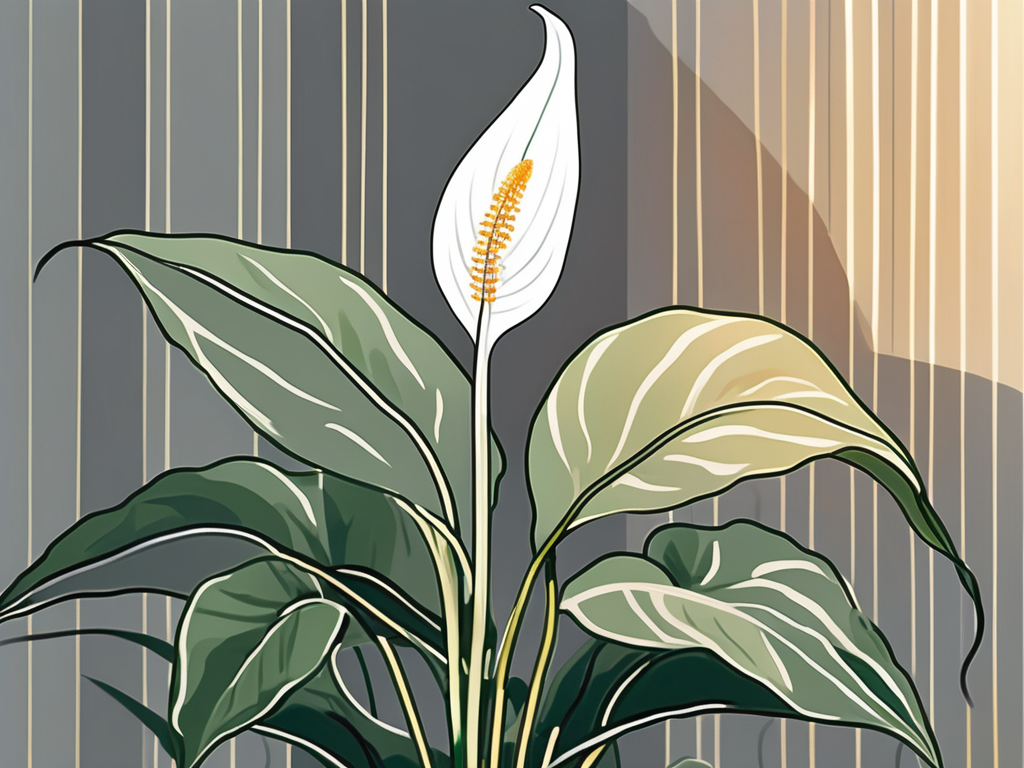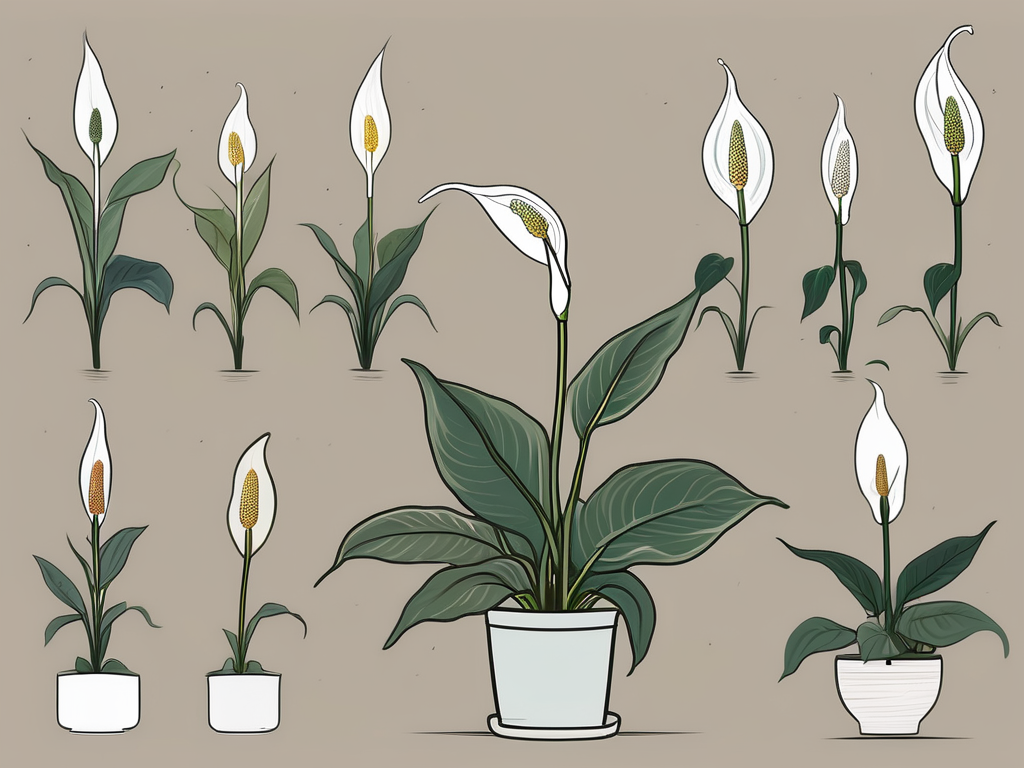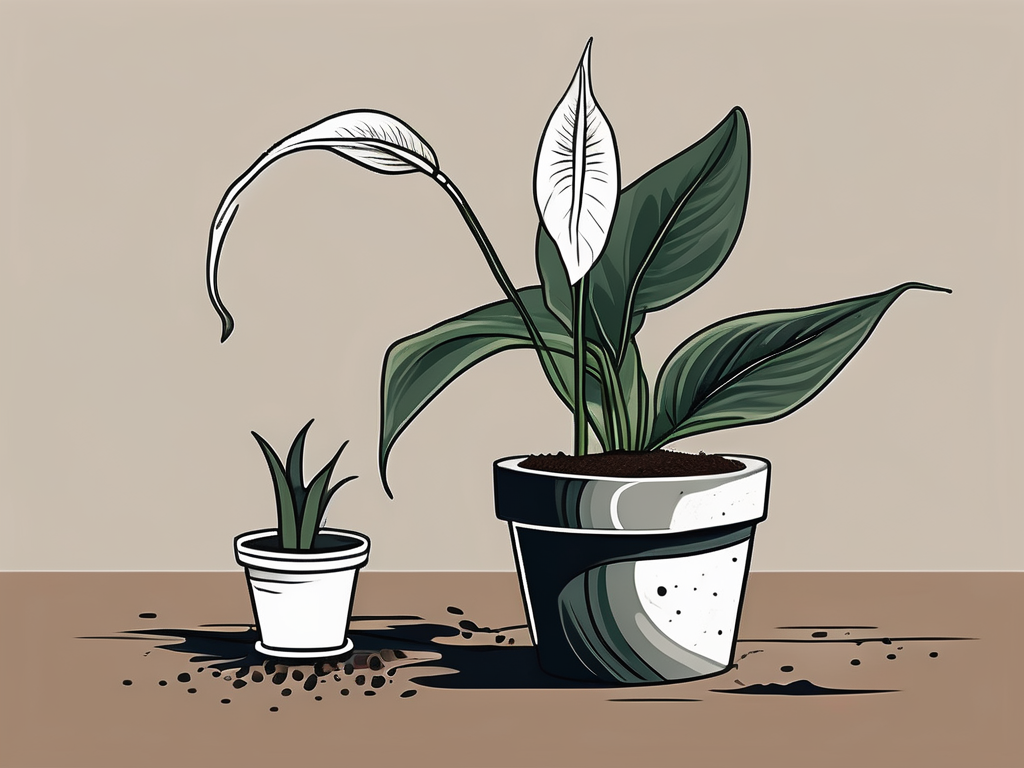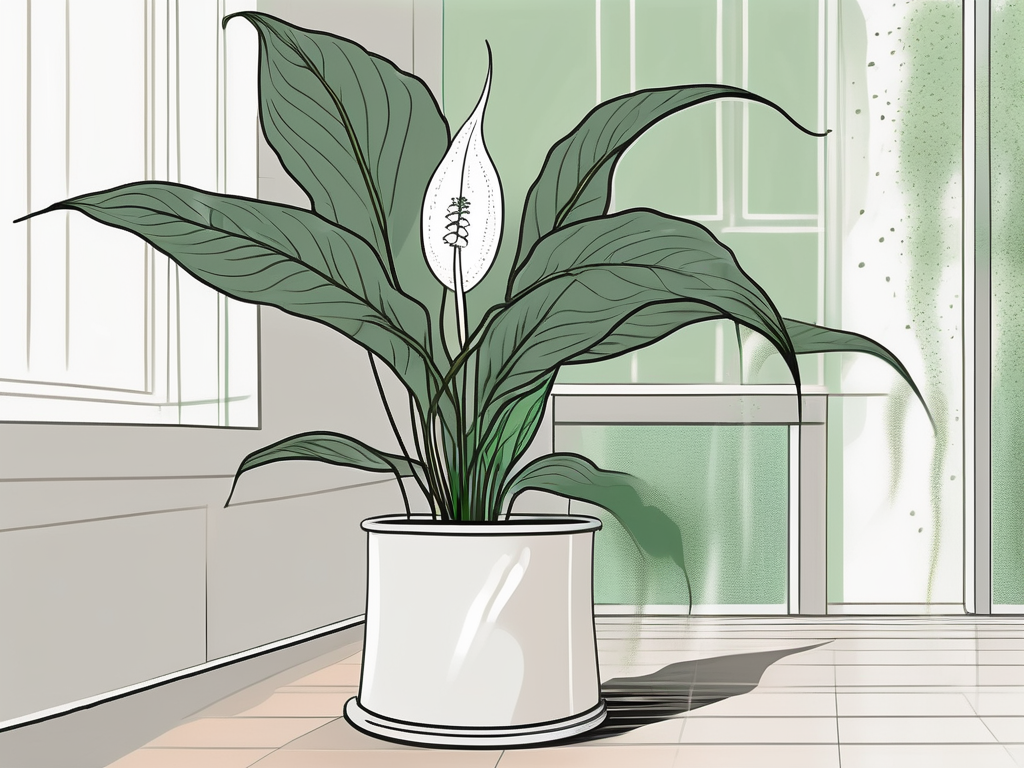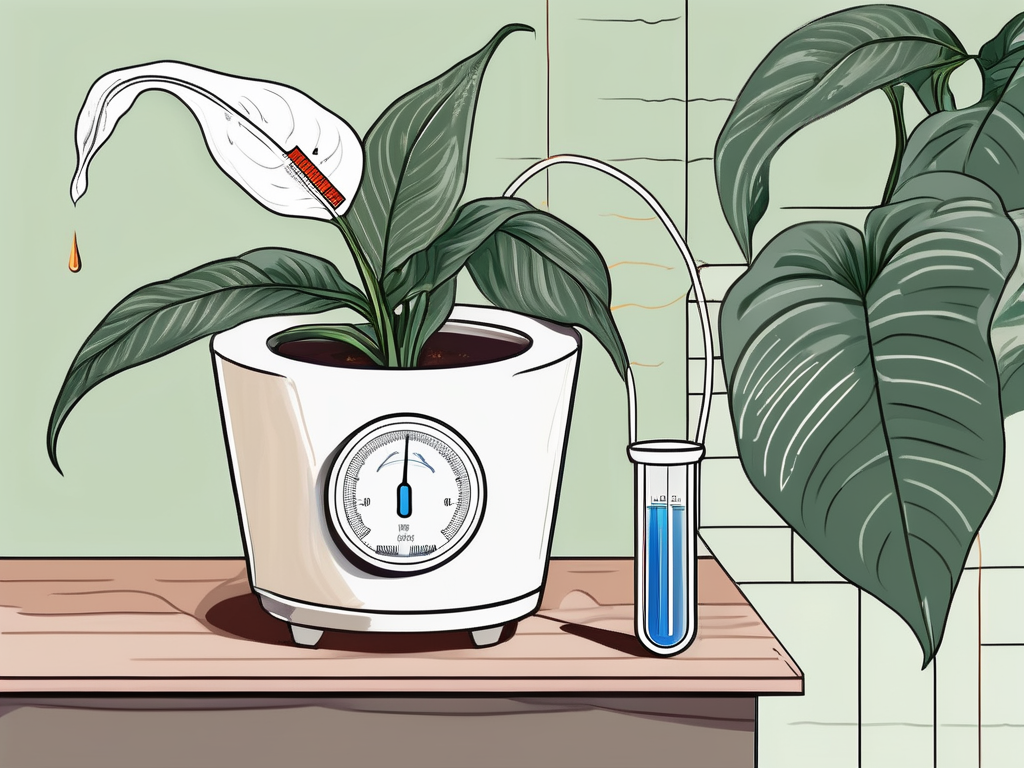
Peace lilies are like the cool, calm presence in the hustle and bustle of our busy lives. They're the kind of plant that sits quietly on your shelf, occasionally blooming to remind you of the beauty in simplicity. If you're a curious plant parent, you might be wondering just how fast these graceful plants grow.
This article will walk you through everything you need to know about the growth rate of peace lilies. We'll cover what affects their growth, how to care for them, and tips on keeping them healthy and vibrant. So, let's dig into the fascinating world of peace lilies and discover the secrets of their steady growth.
Understanding the Growth Rate of Peace Lilies
First things first, let's talk about what you can expect in terms of growth when it comes to peace lilies. Generally, peace lilies are not the fastest-growing plants out there. In optimal conditions, a peace lily will grow about 10 to 12 inches in height within a year. The leaves will spread out, creating a lush green display, and you might even get a few blooms along the way.
While they aren't quick to reach for the sky, their growth is steady. It's a bit like watching a slow-cooking recipe come together—patience is key, but the end result is worth it. Remember, factors like light, water, and soil can all influence how your peace lily grows. Let's dive into those details next.
The Role of Light in Peace Lily Growth
Light is a crucial factor in the growth of any plant, and peace lilies are no different. They prefer bright, indirect light, which mimics their natural habitat under the canopy of tropical forests. Direct sunlight, on the other hand, can scorch their leaves, so it's best avoided.
If your peace lily is in a spot that's too dim, you might notice slower growth or fewer blooms. Here's a simple test: if you can read a book comfortably in the light your plant is receiving, it's probably in a good location. But if you're squinting to make out the words, it might be time to move your plant to a brighter spot.
Interestingly enough, peace lilies can adapt to lower light conditions. While they may not grow as quickly or flower as frequently, they can still thrive in less-than-perfect lighting. Just keep an eye out for signs of stress, like yellowing leaves, which might indicate it's time to adjust their lighting situation.
Watering Your Peace Lily for Optimal Growth
Watering is another essential aspect of peace lily care. These plants like to have their soil consistently moist but not soggy. Overwatering can lead to root rot, a common issue that can significantly affect growth, while underwatering can cause the leaves to droop and brown.
A good rule of thumb is to water your peace lily when the top inch of soil feels dry to the touch. In general, this means giving them a drink about once a week, but this can vary depending on your home's humidity and temperature.
If you're unsure, peace lilies have a built-in reminder system—their leaves will droop slightly when they're thirsty. Just be sure not to wait too long to water them, as prolonged dryness can stress the plant.
Choosing the Right Soil for Your Peace Lily
The soil you choose for your peace lily can make a big difference in its growth. Peace lilies prefer a well-draining potting mix that retains some moisture without becoming waterlogged. A standard houseplant potting soil with added perlite or orchid bark can work well.
When repotting, make sure to choose a pot with drainage holes to prevent water from sitting at the bottom. This helps avoid root rot and ensures your plant has the best chance for healthy growth.
If you're feeling adventurous, you can create your own potting mix. Combine equal parts peat moss, perlite, and bark for a custom blend that your peace lily will love. This mixture provides the right balance of moisture retention and drainage, setting your plant up for success.
Fertilizing Your Peace Lily
Fertilizing your peace lily is like giving it a little boost to keep it happy and healthy. While peace lilies aren't heavy feeders, they do appreciate a bit of extra nourishment during the growing season, typically spring and summer.
A balanced, water-soluble houseplant fertilizer is a good choice. Simply dilute it to half the recommended strength and apply it once a month. This helps ensure your peace lily gets the nutrients it needs without overwhelming it.
Be cautious not to over-fertilize, as this can lead to salt buildup in the soil, which can harm your plant. Signs of over-fertilization include brown leaf tips and stunted growth. If you notice these symptoms, try flushing the soil with water to remove excess salts.
Managing Temperature and Humidity
Peace lilies are tropical plants, so they prefer warm and humid conditions. Ideally, they thrive in temperatures between 65°F and 85°F. They can tolerate short periods of cooler temperatures, but prolonged exposure to cold can slow their growth or even damage the plant.
Humidity is another factor to consider. Peace lilies love a bit of extra moisture in the air, so if your home is particularly dry, consider using a humidifier or placing a tray of water near the plant to increase humidity levels.
If you're noticing brown leaf tips, it could be a sign that the air is too dry. Misting your peace lily occasionally or grouping it with other plants can help create a more humid environment that promotes healthy growth.
Repotting Your Peace Lily
Repotting is an important step in encouraging growth for your peace lily. Typically, these plants need repotting every one to two years, depending on their growth rate and the size of the pot.
When it's time to repot, choose a pot that's one size larger than the current one. Gently remove the plant from its pot, being careful not to damage the roots. Loosen any compacted roots before placing it in the new pot with fresh soil.
Repotting not only gives your peace lily more room to grow but also refreshes the soil, providing a boost of nutrients. After repotting, water your plant thoroughly and place it in a spot with bright, indirect light to help it settle into its new home.
Handling Common Pests and Problems
Even though peace lilies are relatively low-maintenance, they can sometimes face challenges from pests like spider mites, aphids, and mealybugs. Regularly inspecting your plant and wiping the leaves with a damp cloth can help keep these critters at bay.
If you do notice pests, treating the plant with insecticidal soap or neem oil is usually effective. Just be sure to follow the instructions on the product to avoid harming your plant.
Common problems like yellowing leaves can often be traced back to issues with water, light, or nutrients. By keeping a close eye on your peace lily and adjusting its care routine as needed, you can address these problems before they impact growth.
Creating a Beautiful, Peaceful Space with Peace Lilies
Now that you know how to care for your peace lily, let's talk about incorporating it into your home decor. Peace lilies are versatile and can fit into various interior design styles, adding a touch of elegance and tranquility.
Consider placing your peace lily in a decorative pot that complements your space. Whether it's a sleek, modern design or a rustic, earthy style, the right pot can enhance the beauty of your plant.
You can also pair peace lilies with other plants to create a lush indoor garden. Their dark green leaves contrast beautifully with plants like pothos or ferns, creating an eye-catching display. Arranging plants at varying heights adds visual interest and makes your space feel more dynamic.
Final Thoughts
In summary, while peace lilies are not the fastest growers, their steady pace makes them a delightful addition to any home. With the right care—proper lighting, watering, soil, and a touch of patience—they can thrive and provide you with their lovely green foliage and occasional blooms.
At Cafe Planta, we're passionate about helping you nurture your plant collection. Whether you're looking for more plants or need some advice, feel free to email us or reach out on Instagram. We're here to support your plant journey and share our love of greenery with fellow plant lovers.















